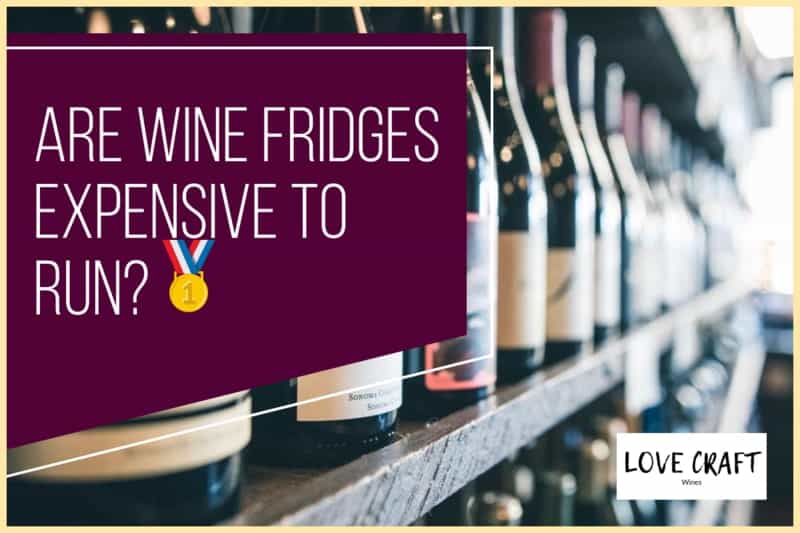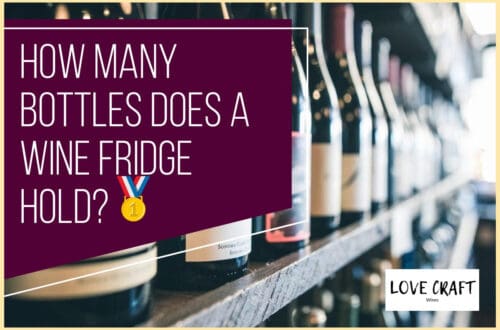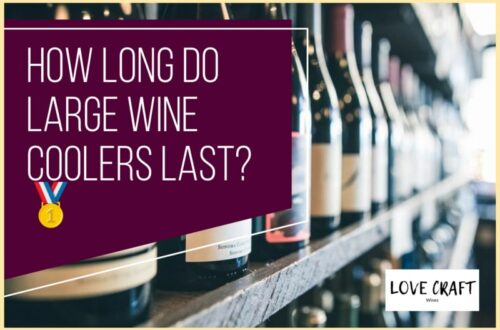In this article we’re going to be discussing whether refrigerators are expensive to run, and provide some rough estimates on what kinds of cost you can expect.
This cost will obviously change depending on your electricity provider and the rates they’ve set per KW of energy used.
However, you’ll we’ll provide the rough averages of these rates as they currently stand in the state of New York, because we know this is one of the most expensive states for electricity, so you can expect our estimates to be the most you’ll pay!
Therefore, without further ado, let’s talk about the cost of running a .
Table of Contents
Are Refrigerators Expensive to Run?
The answer is, it depends! The average cost to run a is $115 to $300 per year, when using an average energy rate of 17.17 cents per Kilowatt hour (kWh)[ChooseEnergy].
To find this out, we’ve taken the average wattage (W) of a , to work out how many hours it can be on per Kilowatt. This timeframe is then divided into the number of hours in a year.
Small/Medium
[I.E. Koolatron WC – 20 Karacassin – 32 ]
Avg Wattage: 76 watts
NY Electricity Rates: 17.17 cents per KiloWatt
Number of hours per KW consumed: 13.15 (1000/76)
Hours in 1 year: 8760
Calculation: (8760/13.15)*0.1717 = $114.4
Large
[I.E. Koolatron WC160DZ 121 ]
Avg Wattage: 200 watts
NY Electricity Rates: 17.17 cents per KiloWatt
Number of hours per KW consumed: 5 (1000/200)
Hours in 1 year: 8760
Calculation: (8760/5)*0.1717 = $300.10
We hope that this article has been useful, and that you can rest assured of the costs, especially now that you’ve seen the above energy calculations.
Frequently Asked Questions
In this section we’re going to address some of the frequently asked questions that we get in regards to the costs of running a :
What kinds of factors will increase my ‘s running costs?
There are a number of them, including:
- Size
- Manufacturer
- Energy Cooling System
- Number of Zones
Size
The physical size of a will affect the unit’s efficiency, as a larger unit will have more air which is stored inside, that needs to be cooled in order to maintain the unit’s cool .
Similarly to the physical size of the , it’s will also affect the unit’s running cost, as units with capacities will require more power to maintain a cold internal .
Manufacturer
There are certain manufacturers which are innovative and are always advancing the technology which they use within their fridges. These manufacturers will create units which require less wattage per hour. Brands will usually provide this information alongside technical information relating to the .
Energy Cooling System
The energy cooling system refers to whether the is powered by a compressor or thermoelectric system.
A has no moving parts, and thus is more energy efficient than a .
However a is often more powerful than a , and thus is always used in large fridges.
Number of Zones
A typical will have either a or for storing .
We refer to these are a , or .
Single zone units are useful for those looking to store one kind of wine (at any one time), where dual zone units are more suited to those who’re looking to simultaneously store multiple types of wine, for example their red wine and white wines.
Since fridges have seperate zones which can be individually controlled in terms of their settings, this requires more energy consumption.






